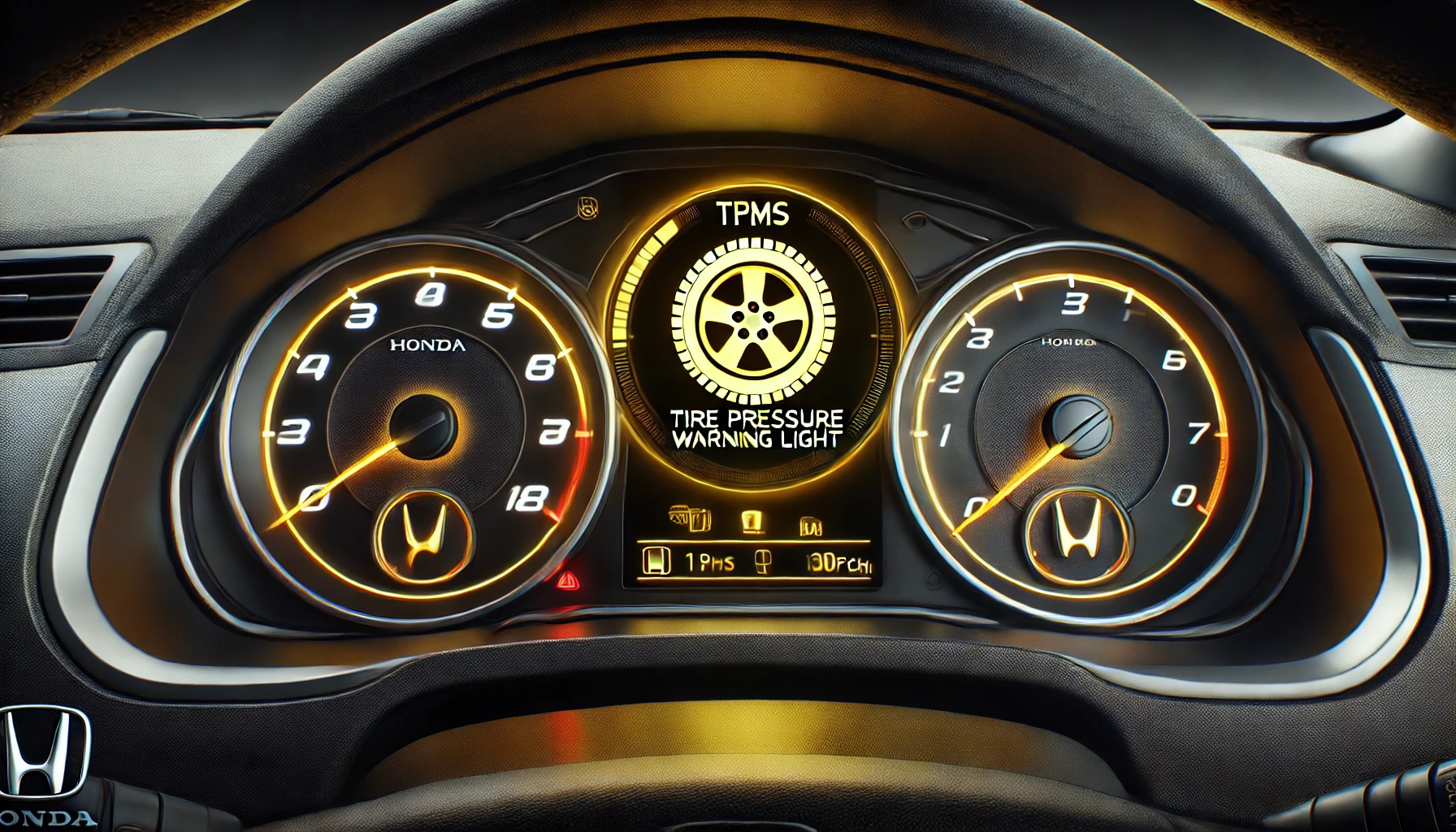
The Honda City is known for its reliability, but tire pressure sensor issues can arise due to factors like battery wear, sensor damage, or calibration problems. Let’s break down these common issues and solutions:
1. Low Battery in Sensors
Honda City models often use direct tire pressure monitoring systems (TPMS), which rely on individual sensors in each tire. These sensors are powered by small batteries that can weaken over time. A common symptom of a low battery is a persistent TPMS warning light on the dashboard.
Solution: Unfortunately, these batteries are typically non-replaceable, so the entire sensor unit may need replacement. You can have this done at a dealership or a certified tire service center.
2. Sensor Recalibration
Sometimes, the TPMS warning light comes on after a tire rotation, change, or inflation adjustment. This often means the sensors need recalibration to work correctly.
Solution: For Honda City, follow these steps:
- Check the driver’s manual for specific TPMS reset instructions.
- In most models, you’ll need to locate the TPMS reset button, usually found under the steering wheel or inside the glove box. Hold this button down until the TPMS light blinks twice.
- Drive for about 15–20 minutes at a consistent speed (usually over 20 mph) to help recalibrate the sensors.
3. Damaged or Malfunctioning Sensors
Harsh conditions, like extreme temperatures or rough terrain, can sometimes cause sensor failure. This is often indicated by a flashing TPMS warning light, which can mean the system isn’t detecting one or more sensors.
Solution: A mechanic with a TPMS diagnostic tool can quickly identify which sensor is damaged. It’s generally best to replace the faulty sensor, as this issue rarely resolves with a reset alone.
4. Interference with TPMS Signal
Occasionally, the TPMS may not respond correctly due to radio signal interference, especially in areas with high electronic traffic.
Solution: Move the car to a different location and reset the system. If the issue persists, it may be worth checking for any additional aftermarket electronics installed in your car that could interfere with the signal.
5. Seasonal Temperature Fluctuations
Temperature changes can cause tire pressure to vary, triggering the TPMS light. In colder weather, tires contract, often causing the pressure to drop below the recommended level, which triggers the sensor.
Solution: Manually check tire pressure with a gauge and inflate or deflate to the recommended level (usually indicated on the driver’s side door sticker). Once the correct pressure is restored, the TPMS light should turn off after a short drive.
Preventative Tips for Honda City TPMS Issues
- Regularly check tire pressure manually, especially during seasonal changes.
- Inspect sensor batteries periodically or replace sensors if they’re over five years old.
- Reset the system whenever tires are rotated or replaced to ensure accurate readings.
